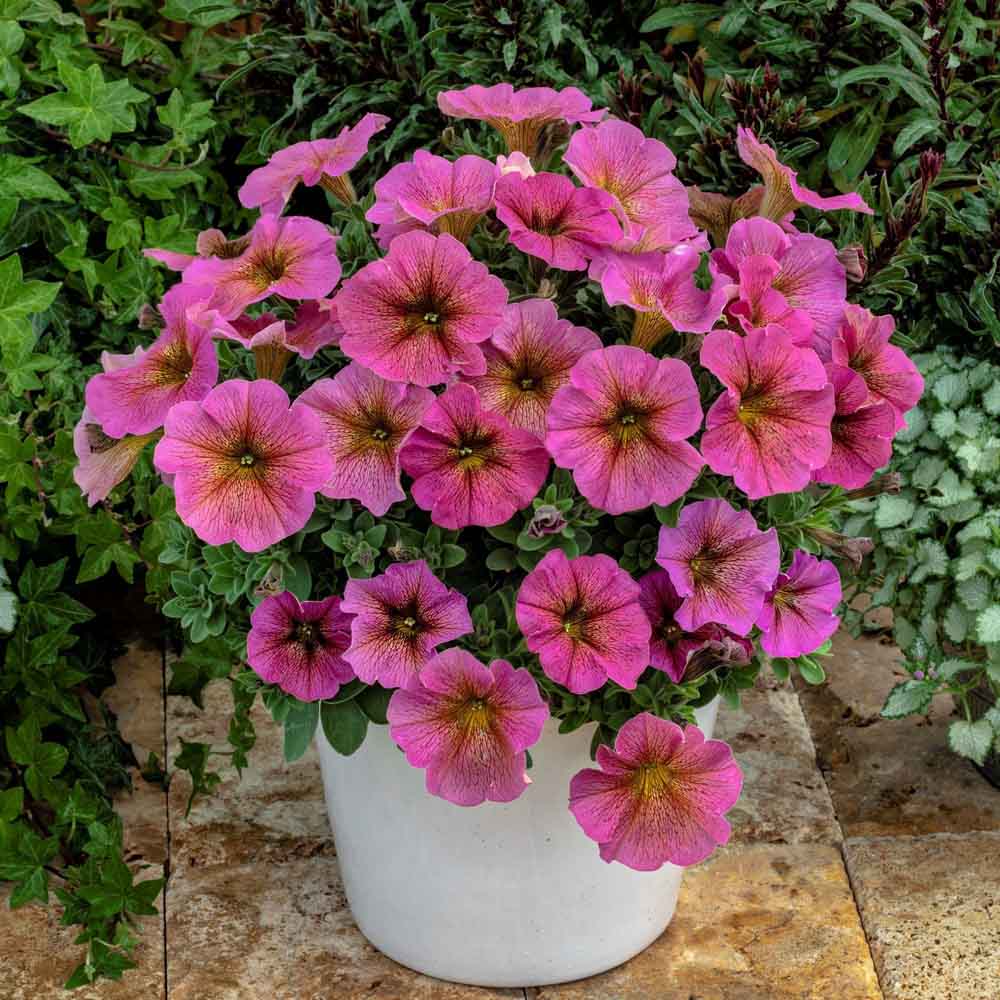

Some plants also die back to the ground, leaving only the roots intact in the soil. Your plant uses the time to build up the nutrients necessary for regrowth.Ī sign of dormancy includes the plant’s foliage dropping off. The plant goes to sleep for a few months. It also applies when you are trying to grow petunias as perennials.Ī plant’s dormancy period typically occurs in the winter. Petunias do not enter a true dormancy period – their life cycles are too short as annuals. Dormancy and Overwintering If you want to keep petunias alive but live in a cold climate, you will need to bring them indoors. It’s reverse in cooler regions, where petunias only live for one season. Warmer temperatures help extend the flowering cycle and the life of the plant. The flowering plant’s life cycle is influenced by sunlight and temperature. Daytime temperatures also have to remain at or above 65☏ for petunias to thrive in the garden. Nighttime temperatures cannot fall below 55☏. Petunias also grow in cooler climates, but only as annuals. It’s one of the reasons why warmer climate gardens see up to 18 months of petunia flowers. Petunia seeds need a steady temperature of 70☏ to 80☏ for successful germination. In zones ten and eleven, growers can often enjoy a year of blooms or longer. These warmer climates are found in the deep south and along the southern United States coast. Petunias are tropical plants and tender perennials in hardiness zones ten, eleven, and above. Hardiness Zones for Petunias Petunias are grown as perennials in zones 10 and above. Petunias can also self-seed in the ground, but the returning plants are often scarce. Petunias in tropical regions can be treated as short-lived perennials, and it’s the reason most gardeners treat them as annuals, who expect to replace the plants every spring. Once all of the blooms are spent, the plant dies and does not return. In ideal locations, petunias will bloom continuously for up to 12 to 18 months. These plants are tropical natives and do not have a dormancy stage.

Most varieties cannot survive temperatures below sub-freezing, around 40☏. Petunias are a garden favorite and are considered annuals in many hardiness zones. About Petunias Petunias are considered annuals because they do not have a dormant stage. For example, Wave petunias can withstand temperatures dropping down to around 35☏. Most varieties can handle temperatures down to 40☏ without too much damage, but some species are harder. But even in warmer climates, they are treated as annuals despite their tolerance for drought. In warmer climates, petunias are year-round plants that add garden color from spring through winter. This is the most common way to grow them.

The Long Answer Petunias can be grown as both annuals and perennials.Įven though the bushy plants are often grown as flowering annuals, petunias can be tender perennials that grow from new plants and cuttings. These zones do not get cold enough to frost over. US hardiness zones 9-11 are best for growing petunias as perennial flowers. They are technically classified as tender perennials but grow as annuals in colder climates as they cannot tolerate frost. Petunias are grown as both annuals and perennials, depending on the hardiness zone they are grown in.


 0 kommentar(er)
0 kommentar(er)
